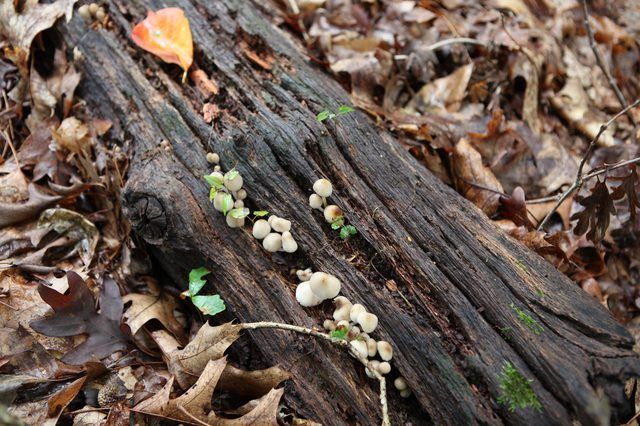Bulbs
Flower Basics
Flower Beds & Specialty Gardens
Flower Garden
Garden Furniture
Garden Gnomes
Garden Seeds
Garden Sheds
Garden Statues
Garden Tools & Supplies
Gardening Basics
Green & Organic
Groundcovers & Vines
Growing Annuals
Growing Basil
Growing Beans
Growing Berries
Growing Blueberries
Growing Cactus
Growing Corn
Growing Cotton
Growing Edibles
Growing Flowers
Growing Garlic
Growing Grapes
Growing Grass
Growing Herbs
Growing Jasmine
Growing Mint
Growing Mushrooms
Orchids
Growing Peanuts
Growing Perennials
Growing Plants
Growing Rosemary
Growing Roses
Growing Strawberries
Growing Sunflowers
Growing Thyme
Growing Tomatoes
Growing Tulips
Growing Vegetables
Herb Basics
Herb Garden
Indoor Growing
Landscaping Basics
Landscaping Patios
Landscaping Plants
Landscaping Shrubs
Landscaping Trees
Landscaping Walks & Pathways
Lawn Basics
Lawn Maintenance
Lawn Mowers
Lawn Ornaments
Lawn Planting
Lawn Tools
Outdoor Growing
Overall Landscape Planning
Pests, Weeds & Problems
Plant Basics
Rock Garden
Rose Garden
Shrubs
Soil
Specialty Gardens
Trees
Vegetable Garden
Yard Maintenance
How to Get Rid of Mushrooms in the Lawn
How to Get Rid of Mushrooms in the Lawn. Toadstools aren't as whimsical in your front lawn as they are in fairy tales. When you see mushrooms in your lawn, it's a sign that a fungus is growing below the surface. The mushroom is the reproductive part of the fungus visible above ground. Getting rid of the mushrooms keeps your pets and kids safe while...
Toadstools aren't as whimsical in your front lawn as they are in fairy tales. When you see mushrooms in your lawn, it's a sign that a fungus is growing below the surface. The mushroom is the reproductive part of the fungus visible above ground. Getting rid of the mushrooms keeps your pets and kids safe while making your lawn look better.
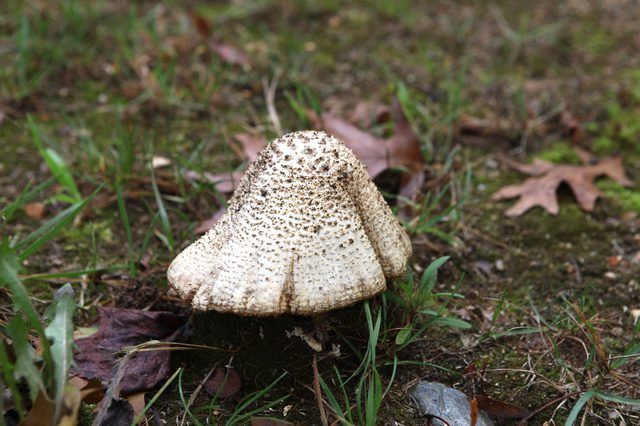
Physically removing the mushrooms is a simple way to get them out of your yard. If you watch your yard closely, you should spot the mushrooms easily before they get out of control. The mushrooms spread the fungus through spores that travel either by wind or water, which can cause mushroom growth in other areas of your yard. If you remove the mushrooms before they release their spores, you can limit the spread. Dispose of the mushrooms you pull from the ground, especially if you have kids or pets.
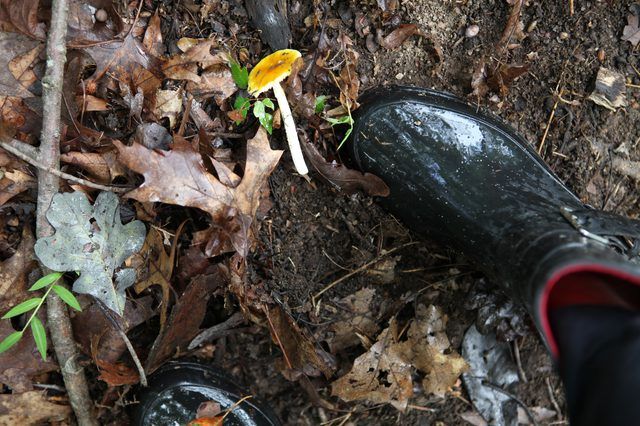
In many cases, fungi go unnoticed in the soil, but certain conditions cause the mushrooms to grow above the ground. Moisture is a major component in mushroom growth. That's why you'll often notice mushrooms after a rainy spell. You can't control the weather, but you can help your lawn dry out faster. Overgrown shrubs and trees create dense patches of shade that stay wet much longer than sunny areas. The low light of the shaded areas also makes ideal growing conditions for the mushrooms. Thin out your branches to open up the lawn for better drying.
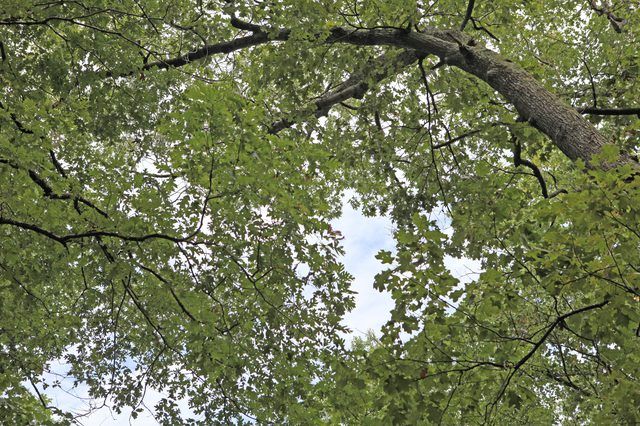
If your lawn has drainage issues, it will stay wet longer and increase the chances of mushroom growth. Compacted soil is slow to drain and dry because the water can't easily penetrate the dirt. Aerating the lawn with an aeration tool can correct the compaction that affects drainage and drying. Another lawn issue that sometimes affects drainage is thatch. When the layer of decaying lawn debris gets too thick, it slows the absorption of water and nutrients. Dethatch your lawn if the layer of thatch gets deeper than 3/4 inch.

Rain isn't the only source of moisture in the lawn. Irrigating during dry spells gives your lawn the moisture it needs, but it can also create ideal mushroom-growing conditions. Lawns grow better when you irrigate them deeply and less often. Instead of watering your lawn a little every day, let the sprinkler run longer so you don't have to water again for several days. This gives the lawn more time to dry out in between so it doesn't stay damp.
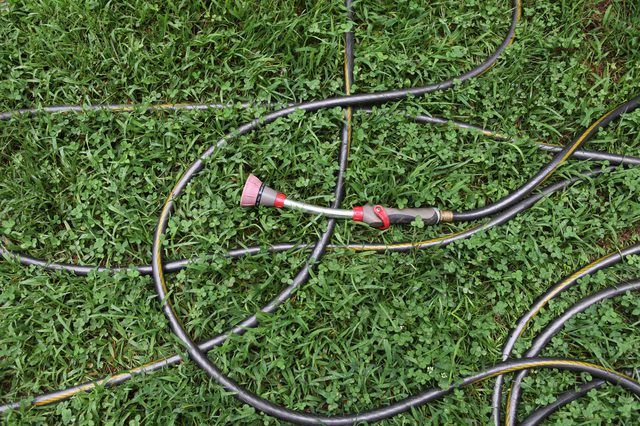
Organic matter under the soil, such as a stump or a buried piece of timber, decay with the help of fungi. The same fungus that is at work under the surface breaking down the organic matter also causes those unattractive mushrooms to grow above ground. Getting rid of the source can get rid of the fungi and the resulting mushrooms. Remove the old stump or tree roots. Another option is to apply fertilizer to the area to speed up the decomposition. Apply with a nitrogen rate of 1/2 to 3/4 pound per 1,000 square feet.
